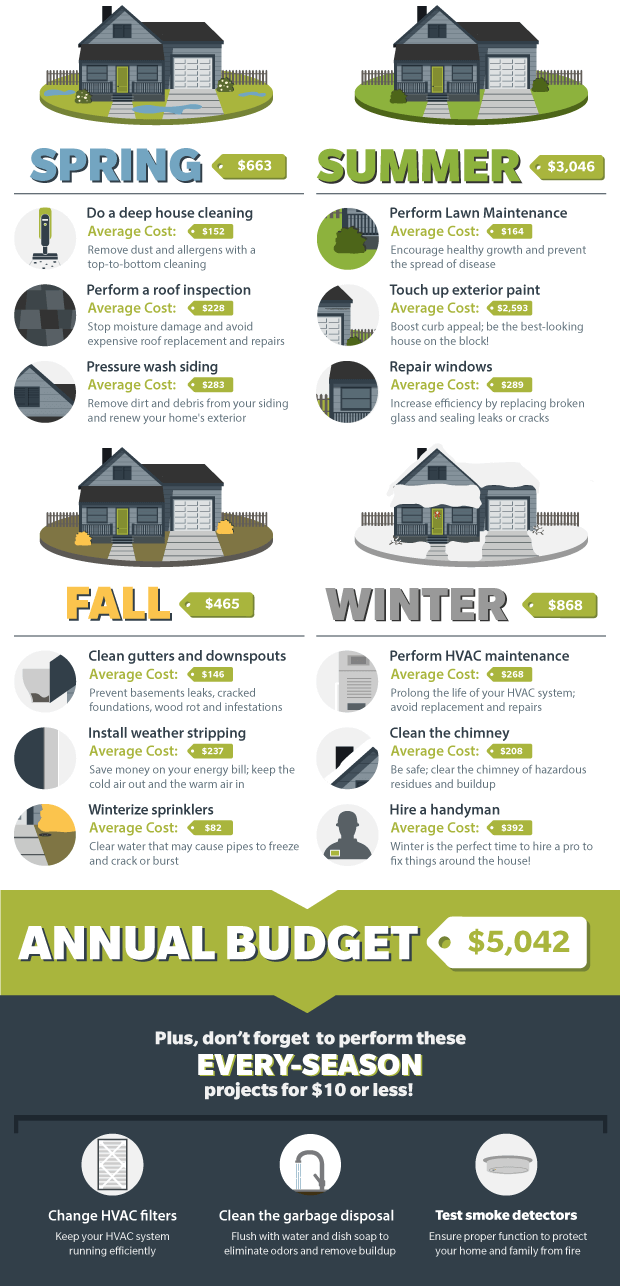Find Out How Different Climate Situations Can Influence Your Roof Covering Installment, Aiding You Accomplish A Task Well Done
Find Out How Different Climate Situations Can Influence Your Roof Covering Installment, Aiding You Accomplish A Task Well Done
Blog Article
Web Content Author-McCoy Mouritzen
When it comes to roof setups, the weather condition can make or break the work. Visualize the irritation of managing products that won't coordinate due to extreme heat or fighting unsafe surfaces triggered by unforeseen rainfall. Understanding the effect of weather on your roof task is vital for an effective end result. So, let's check out just how different climate elements can affect the quality and durability of your roof covering installment, making certain a work well done.
Influence of Temperature Level on Roofing Installation
When it concerns roof installment, temperature level plays an important duty in the process. visit the following post for roofing jobs generally drops between 45 and 85 levels Fahrenheit. Extreme heat can create products like tiles to come to be as well pliable, leading to possible damage throughout installation. On the other hand, cold temperature levels can make products weak and vulnerable to breaking. It is essential to arrange roofing installments throughout modest temperature levels to ensure the best end result.
Throughout chillier weather, professionals might require to take extra preventative measures such as utilizing heated equipment or allowing products to heat up prior to installment.
In contrast, heat may require job to be done previously or later in the day to avoid the peak temperatures. By taking into consideration the temperature and its results on roofing materials, you can aid make sure an effective installation that will hold up against the elements for several years to find.
Effect of Rainfall on Roofing Projects
Roof projects can be dramatically affected by precipitation, impacting both the timeline and the top quality of the setup. Rainfall or snow can create slippery problems, making it risky for roofing professionals to work with a wet surface area. In addition, wetness can jeopardize the adhesion of materials like shingles or underlayment, causing potential leaks or damages in the future.
If it rainfalls throughout a roof job, the water can permeate into vulnerable locations, creating hold-ups as the installment team should wait on the roof to dry prior to continuing. Too much dampness can also promote the development of mold and mold, additional threatening the integrity of the roof covering.
To avoid these concerns, it's recommended to schedule roofing projects throughout drier seasons or check the weather report closely to intend around any type of potential rainstorms. By taking precautions to work in beneficial climate condition, you can guarantee a smoother and a lot more successful roof covering setup process.
Influence of Wind Speed on Installation Success
Throughout roofing system setup, the rate of the wind plays a vital duty in identifying the success of the task. High wind rates can position considerable obstacles to roofing contractors, potentially leading to security dangers and top quality problems. When wind speeds exceed advised limits, it comes to be difficult to manage products, enhancing the threat of crashes and damage to the roof covering products. Strong gusts can also affect the accuracy of measurements and the accuracy required for correct installment.
To make certain an effective roof installation, it's necessary to keep an eye on and take into consideration wind rates. Preferably, roofing installment ought to occur on days with reduced to moderate wind speeds. This not only boosts the safety and security of the employees however also boosts the general high quality of the setup.
Roof covering projects scheduled during tranquil climate condition are more probable to be finished effectively and with less mistakes. By paying attention to wind speed forecasts and intending appropriately, you can aid make sure a smooth and successful roofing setup procedure.
Final thought
So, when it involves roofing setup, remember to take into consideration the weather to make sure an effective task. Optimal temperatures, completely dry conditions, and moderate wind rates are essential factors to prioritize for a smooth setup process. By scheduling your task throughout the most effective periods and perfect climate condition, you can attain a durable and resilient roof covering that will protect your home for many years ahead.
